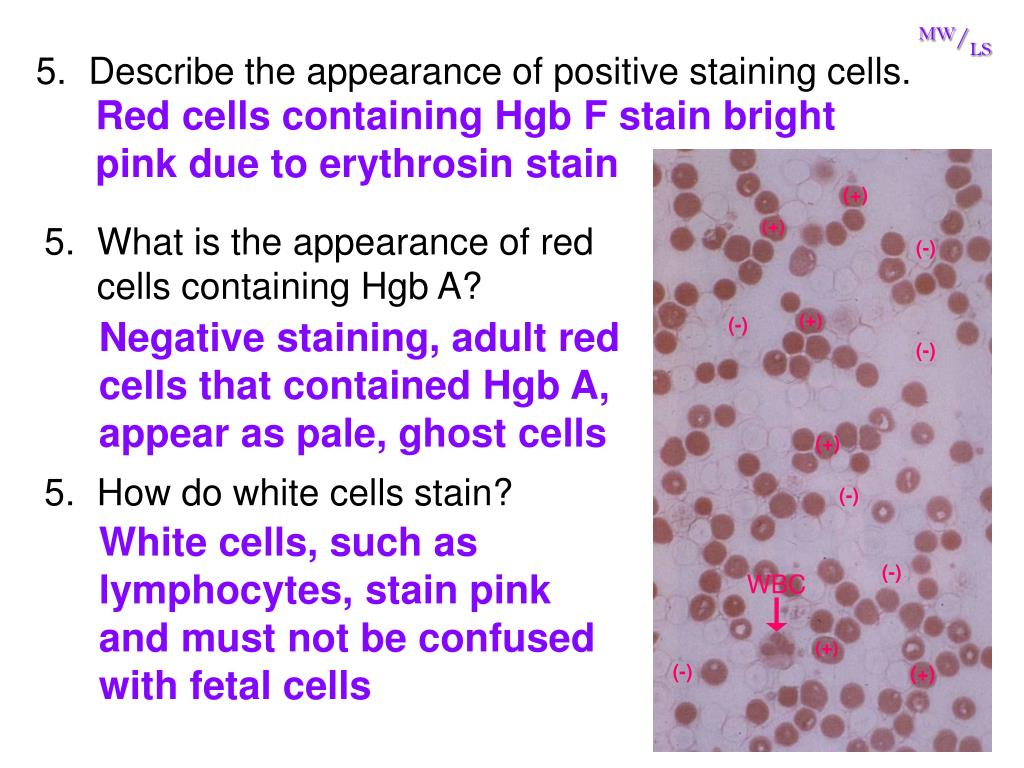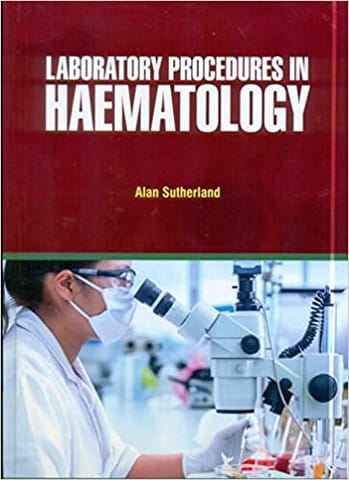

Oral communication skills to interact effectively with supervisors and managers (laboratory, quality and customer service), personnel in other laboratories in the workplace or in other workplaces to which work may be referred, customers, patients and clients, external auditors and accreditation agencies, such as National Association of Testing Authorities (NATA).This section describes those language, literacy, numeracy and employment skills that are essential to performance. Record entries on report forms or into computer systems, accurately calculating, recording or transcribing required dataĮnsure samples and associated paperwork maintain traceability throughout testing Record results in accordance with workplace procedures using correct terminology Interpret automated analyser results and correlate with blood film morphology Identify normal and abnormal morphological characteristics of red blood cells, white blood cells and plateletsĬalculate red cell indices and white blood cells absolute counts Use appropriate manual haematological techniques Log samples, applying required document tracking mechanismsĬonduct individual tests according to documented standard operating procedures, applying required quality control Record any discrepancies or sample quality issues and indicate what action is required Identify specimens and request forms that do not comply with minimum industry requirements for labelling, identification and test requests Process samples and associated request details Performance criteria describe the performance needed to demonstrate achievement of the element.

Testing Elements and Performance CriteriaĮlements describe the essential outcomes. Relevant legislation, industry standards and codes of practice within Australia must also be applied. However, regulations and/or external accreditation requirements for laboratory operations exist, so local requirements should be checked. No licensing or certification requirements exist at the time of publication. People performing haematology tests will meet the requirements of the laboratory that they are working in regarding the education and training they must have to perform the tests. Although a supervisor may not always be present, the technician will follow standard operating procedures (SOPs) that will clearly describe the scope of permitted practice in modifying testing procedures, interpreting data and for communicating test results to people outside the laboratory. The results of their work would also normally be integrated, interpreted and reported on by supervising scientists and medical pathologists. The unit of competency assumes that technical personnel would perform tests and procedures under close supervision. While this unit focuses on the laboratory investigation of human physiology and pathology, it reasonably describes aspects of work performed in veterinary settings. This unit applies to laboratory technicians and technical officers working in the biomedical industry sector. This unit of competency describes the skills and knowledge to determine levels, function, activity and interactions of cellular and plasma components of blood using tests and procedures identified with the discipline of laboratory haematology. Changes to elements and performance criteria. Supersedes and equivalent to MSL975002 Perform haematological tests. This version was released in MSL Laboratory Operations Training Package Release 2.0.


 0 kommentar(er)
0 kommentar(er)
